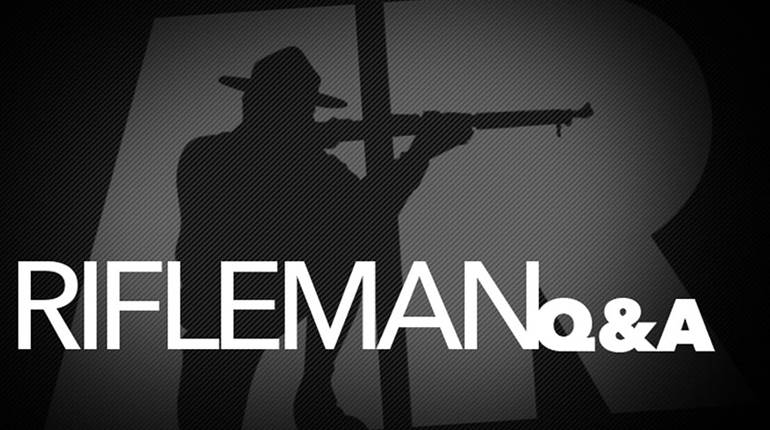
Q. I am confused about the proper handling of hammerless shotguns. Everyone has heard the advice “never dry-fire a gun, the firing pin may break.” If the gun has an exposed hammer, it can be eased down, but how should I handle a hammerless single- or double-barreled gun. Should I leave a spent shell or snap-cap in the chamber? It just doesn’t seem right to store the gun in the cocked mode. I think this could put much wear on the springs causing loss of tension.
A. Unfortunately, there is no cut-and-dried rule regarding dry-firing shotguns. Some, such as the Remington 3200, A.H. Foxes and the Winchester Model 21, can be dry-fired without damage because their strikers, the proper name for shotgun firing pins, are integral with the hammers. However, in general, any shotgun is better off being dry-fired using a snap cap. You can use a fired shell, but because the primer is already indented, the striker will go farther than with a snap cap with a resilient center. Hammer guns should only be dry-fired with a snap cap, although, as you say, the hammer can be eased down for storage.
There is controversy regarding storing double guns cocked and uncocked. I prefer to uncock them, although in so doing the ejector springs remain in the stressed position. It is easy to uncock a double gun. With the action open and the chambers empty, the trigger or triggers are pulled, and the action is then slowly closed as the hammer is eased down.
Regardless of whether or not shotguns are stored with their hammers cocked or uncocked, it is best that they be kept uncased with the muzzles down, so that any excess lubricant will drain toward the muzzle, preventing the softening of the wood.
—John M. Taylor
This “Questions & Answers” was featured in the May 2005 issue of American Rifleman. At time of publication, "Questions & Answers" was compiled by Staff, Ballistics Editor William C. Davis, Jr., and Contributing Editors: David Andrews, Hugh C. Birnbaum, Bruce N. Canfield, O. Reid Coffield, Charles Q. Cutshaw, Charles M. Fagg, Angus Laidlaw, Evan P. Marshall, Charles E. Petty, Robert B. Pomeranz, O.D., Jon R. Sundra, Jim Supica, A.W.F. Taylerson, John M. Taylor and John W. Treakle.





































